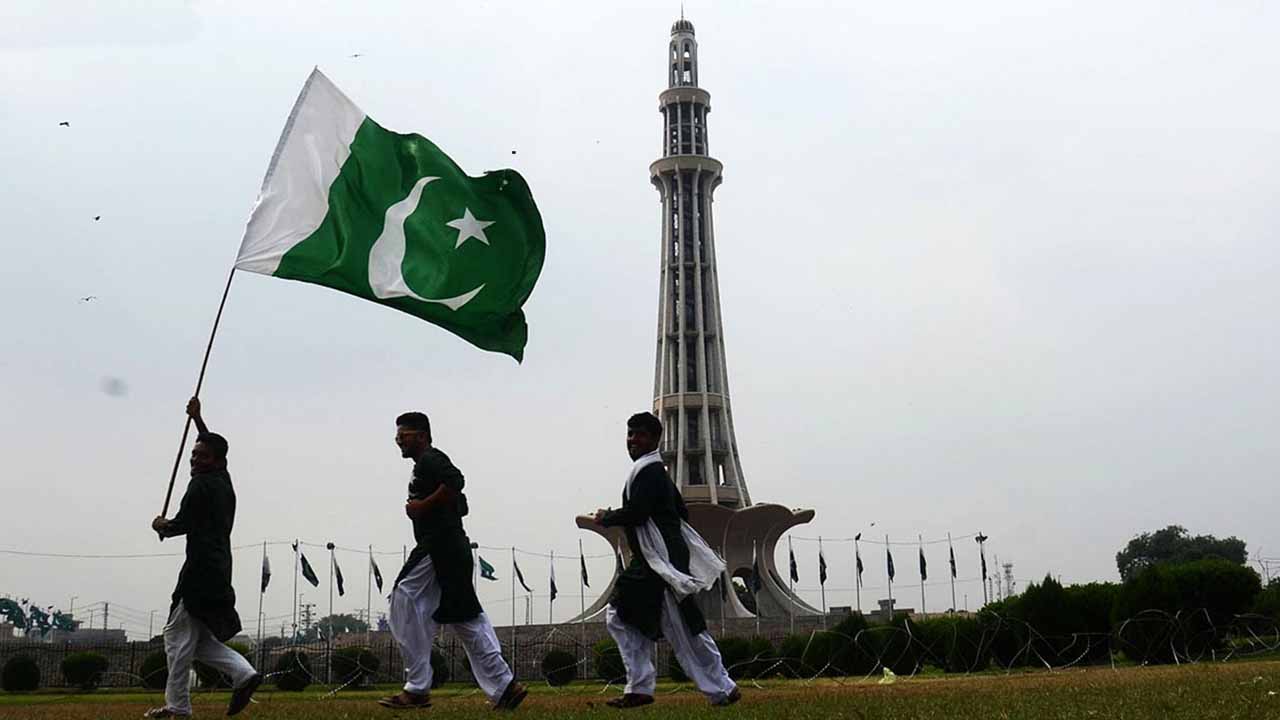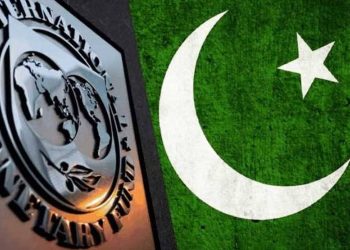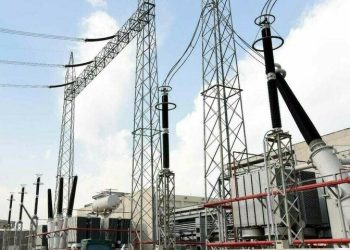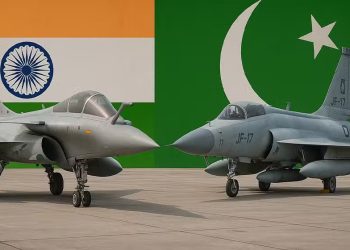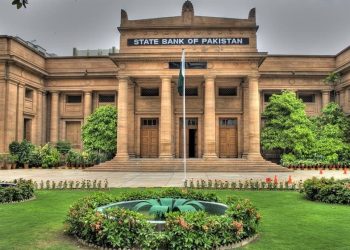Pakistan’s Gross Domestic Product (GDP) Increased from $3 billion in 1950 to $383 billion in 2022, which Shows a growth of over 10,000 percent, said by a finance ministry report published on the 75th Independence Day.
As per the data shared by the ministry of finance, from 1950-2022, GDP growth rose from 1.8 percent to 5.97 percent, while per capita income increased from $86 to $1,798. Likewise, tax revenues rose from Rs. 0.31 billion to Rs. 6,126.1 billion from 1950-2022, while exports rose from $163.9 million to $32.5 billion in the same time period.
Federal Public Sector Development Program (PSDP) size increased from Rs. 45.4 billion to Rs. 900 billion during 1990-2022. Foreign Direct Investment (FDI) rose from $1.2 million in FY1950 to $1,867.8 million in FY2022. Overseas remittances increased from $0.14 billion in FY1973 to $31.2 billion in FY2022.
Exports and imports also followed the same pattern, as exports increased from $162 million in FY1950 to $31.8 billion in FY2022. Imports increased from $276 million in FY1950 to $80.2 billion in FY2022.
Moreover, the agriculture sector saw massive growth over the 75 years. From 1948 to 2022, wheat production increased from 3.354 million tonnes to 26.394 million tonnes, whereas rice production increased from 0.693 million tonnes to 9.323 million tonnes during the same period.
With technological advancement, Pakistan’s energy production multiplied rapidly. Electricity generation increased from 41 GWh in FY1949 to 123,248 GWh in FY2022. At the time of independence, Pakistan only had hydel electricity, however, by 2022, Pakistan has developed multiple electricity generation sources including green energy which stood at 3,709 GWh 2022.
Furthermore, electricity consumption also saw a similar trend. In FY1972, the consumption of households, agriculture, and industry stood at 635 GWh, 997 GWh and 2,855 GWh, respectively. However, these figures rose to 55,722 GWh for households, 10,238 GWh for agriculture, and 29,954 GWh for the industry.
Similarly the education sector saw a massive change as the literacy rate increased from 16.4 percent in 1951 to 62.8 percent in 2022. The male literacy rate stood at 73.4 percent by 2022, compared to 19.8 percent in 1951. Similarly, female literacy also saw a gradual growth and increased to 51.9 percent from 12.6 percent.
The number of primary schools increased from 8.4 thousand in 1947-48 to 187.9 thousand in 2020-21, whereas technical and vocational increased from 46 in 1947-48 to 3,914 in 2020-21. Degree Colleges increased from 40 in 1959-60 to 3,872 in 2020-21, while universities increased from 2 in 1947-48 to 233 in 2020-21.
Population and Labour-force also grew massively over the 75 years. Population size increased from 65.3 million in 1972 to 207.7 million in 2017. The population is estimated at 227.0 million in FY2022. The employed labour force increased from 16.24 million in 1964 to 67.25 million in 2020-21. Poverty headcounts decreased from 40.24 percent in 1969 to 21.9 percent in 2018-19.
Orignally published on propakistani
